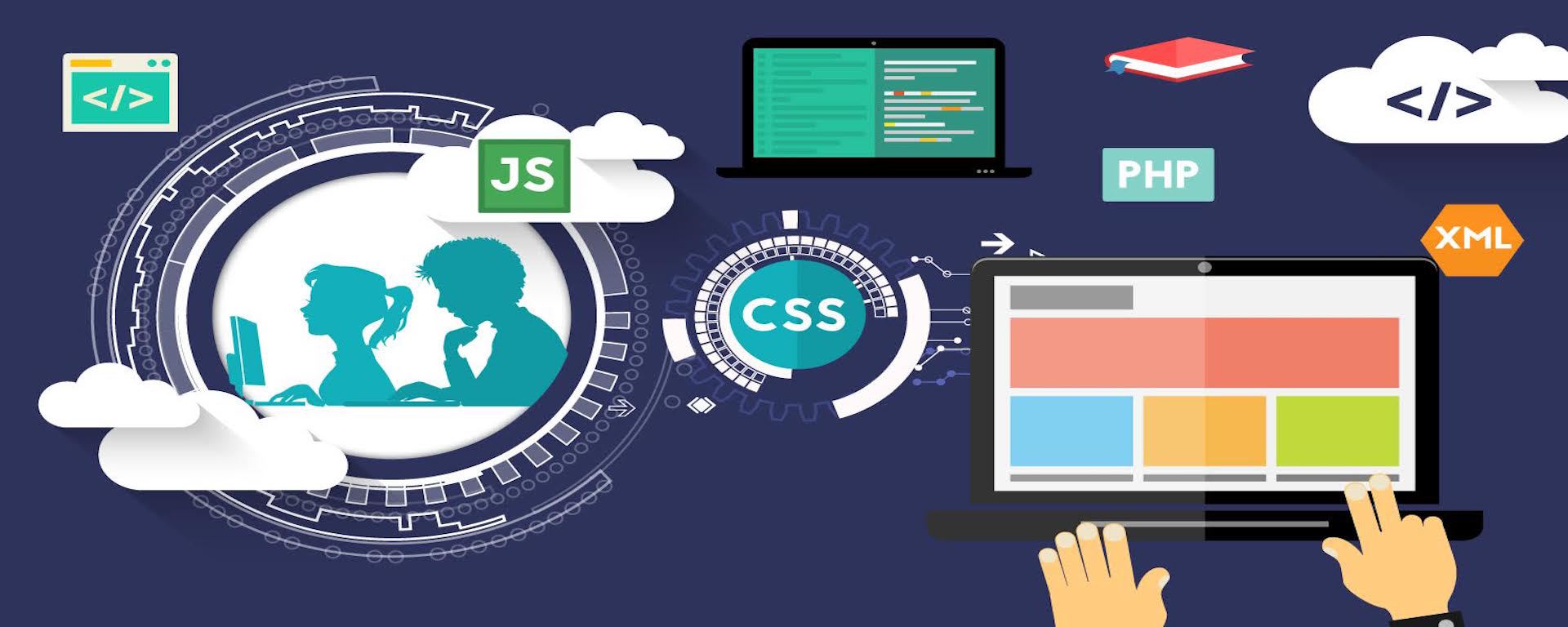Ever since he can remember, Ben Spiegel has been interested in computer science programs and other STEM topics, out of a desire to “make technological advancements that would better society,” he says. He and three other students from Brooklyn Technical High School might have done just that when they designed a smartwatch app that can warn pedestrians of oncoming vehicles — and perhaps save lives.
The app, which works on the Samsung Gear S2 smartwatch, was the brainchild of student Alison Collard de Beaufort, who tragically lost three friends when they were struck and killed by cars while walking in New York City. Alison and Ben teamed up with fellow students Hanin Dari and Riccardo Monico to design the app, which measures sound waves to detect approaching vehicles and emit a signal to warn the person wearing the watch.
The students were one of five Grand Prize-winning teams in Samsung’s 2016 Solve for Tomorrow contest, which challenges students in grades 6–12 to use their STEM learning to invent a solution to a problem affecting their community.
Bringing Computer Science Programs to More Students
The students learned these app development skills in computer science courses taught at Brooklyn Tech. But a majority of K–12 students don’t have the opportunity to take such courses at their schools. According to a recent Gallup poll on Code.org, nine out of 10 parents want their child’s school to offer computer science programs — but only one in four schools teach computer programming.
However, according to the same poll, there are currently more than half a million computing jobs unfilled nationwide — and only 43,000 computer science students graduated from U.S. colleges last year to help fill them.
Several efforts are underway to change that, including the Computer Science for All initiative that President Obama unveiled earlier this year, which calls for $4 billion in funding to states and $100 million in funding to school districts to boost access to computer science programs by training teachers, expanding access to instructional materials and building regional partnerships.
Additionally, Code.org and the Computer Science Education Coalition have started a petition asking Congress to make computer science programs a federal priority. The petition was signed by nearly 50 business leaders, as well as 28 U.S. governors — 14 Democrats and 14 Republicans. It had nearly 130,000 supporters as of mid-May.
Alternative Resources
Even without new federal funding, many resources exist that can help bring computer science education to more schools. Over the next five years, the National Science Foundation (NSF) and the Corporation for National and Community Service (CNCS) have promised to invest more than $135 million in existing funds to train and support new computer science teachers.
Here are some other resources that are working to fill the computer science skills gap:
- Google plans to invest $23 million in 2016 to support K–12 computer science education, reaching an additional 5 million students. As part of this effort, Google will expand CS First, its free computer science enrichment program, to reach 1 million students this year.
- Code.org has pledged to prepare 25,000 additional teachers to teach computer science this year. It also hosts computer science workshops for K–12 teachers throughout the country, in which they learn how to teach computer science modules for grades K–5 and middle school, as well as for year-long courses in high school.
- Codeacademy offers free online instruction in how to code. High school students can also take entire computer science courses free of charge online through platforms such as edX, Coursera and Udacity.
- Samsung is working with STEM Fuse to help educators integrate STEM learning into their classrooms, labs or after-school programs. The solution combines STEM Fuse’s digital curriculum with Samsung Chromebooks or Galaxy tablets to get students excited about STEM and help them understand and apply STEM concepts, including computer science. The curriculum, which can be integrated into core teaching or used as a supplemental resource, comes with comprehensive professional development to help teachers use it effectively.
As computer science knowledge becomes more important for students entering the work force, it’s essential that we take the necessary steps to implement computer science programs into our education system. Fortunately, more and more resources exist to help equip schools and teachers with the funding and resources they need to make this a reality.
Find out here how to use STEM Fuse courses to create an exciting STEM curriculum that will keep your students inspired and engaged.







